When it comes to mobility scooters, a good battery is key to keeping you on the go. Whether you're out running errands or exploring the neighborhood, the right battery ensures your scooter runs smoothly and lasts longer. We’ve got a great selection of mobility scooter batteries that fit your needs and help you stay independent.
Mobility Scooter Batteries
Power your ride with reliable and long-lasting mobility scooter batteries
Product List
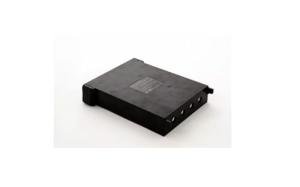
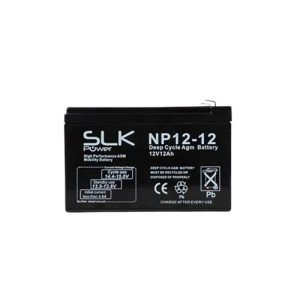
12V 12Ah Mobility Scooter Battery
Slk Power
Product Review Score
4.3 out of 5 stars
129 reviews$43.78

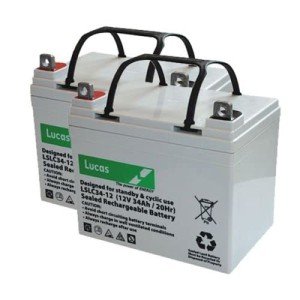
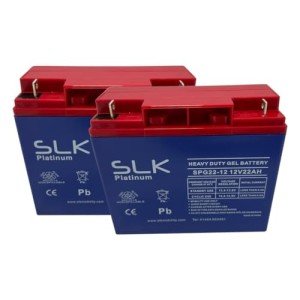
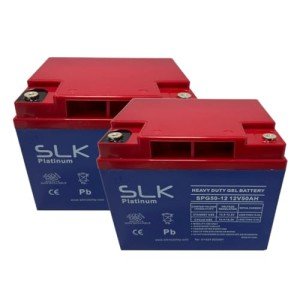
Platinum 12V 50Ah GEL Batteries
Slk Power
Product Review Score
4.39 out of 5 stars
222 reviews$267.36
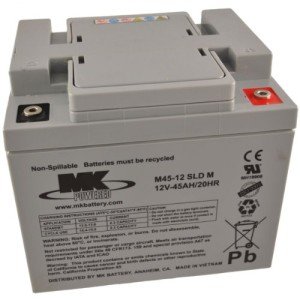

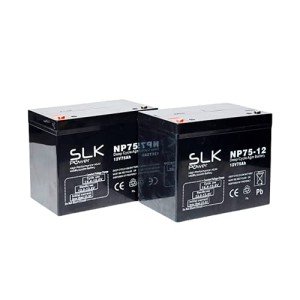
Electric Scooter & Wheelchair Batteries
Product Review Score
4.11 out of 5 stars
116 reviews$360.95
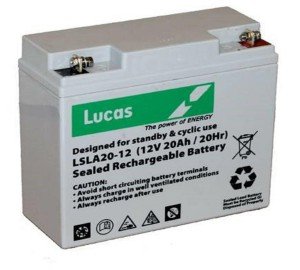
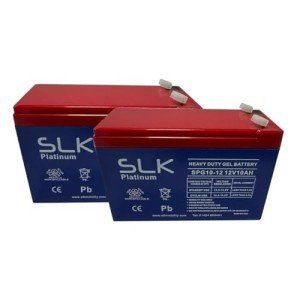
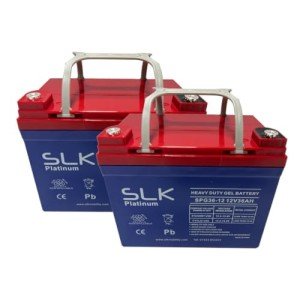
SLK Platinum 12V Battery Pair
Slk Power
Product Review Score
4.67 out of 5 stars
207 reviews$227.25
Mobility scooters are transformative solutions for individuals with mobility challenges, offering a new lease on independence. Central to their operation is the battery, a component that significantly influences the performance and reliability of these devices. Understanding mobility scooter batteries is essential for users to optimize their mobility aids and enhance their overall experience. This blog post delves into everything you need to know about mobility scooter batteries, including types, maintenance tips, troubleshooting, and frequently asked questions.
Types of Batteries for Mobility Scooters
Mobility scooters mainly use two types of batteries: lead-acid batteries and lithium-ion batteries. Both have their unique advantages and disadvantages. The table below summarizes their key features.
| Battery Type | Advantages | Disadvantages | Common Applications |
|---|---|---|---|
| Lead-Acid | - Cost-effective | - Heavier than lithium-ion | Low to medium-range scooters |
| - Reliable and robust | - Shorter lifespan (3-5 years) | ||
| - Easy to find replacements | - Requires regular maintenance | ||
| ------------------ | ------------------------------------- | ------------------------------------- | ---------------------------------- |
| Lithium-Ion | - Lighter in weight | - More expensive | High-end and long-range scooters |
| - Longer lifespan (5-10 years) | - Sensitive to temperature extremes | ||
| - Requires less maintenance | - May cause safety concerns if damaged |
Lead-Acid Batteries
Lead-acid batteries are the traditional choice for mobility scooters. They are known for their reliability and cost-effectiveness. These batteries typically have a lifespan of about 3 to 5 years, depending on usage and maintenance.
Pros:
- Economical
- Readily available
- Sturdy and reliable
Cons:
- Heavier, which affects scooter weight
- Shorter lifespan compared to lithium-ion
- Requires regular maintenance (checking fluid levels)
Lithium-Ion Batteries
Lithium-ion batteries are increasingly becoming the preferred option for mobility scooters due to their modern technology. They are lighter, have a longer lifespan, and require less maintenance compared to lead-acid batteries.
Pros:
- Lightweight, improving scooter portability
- Longer lifespan (around 5 to 10 years)
- Space-efficient and compact design
Cons:
- Higher initial cost
- Requires careful handling to avoid safety issues
- Performance may be affected in extreme temperatures
Maintenance Tips for Mobility Scooter Batteries
Proper maintenance prolongs battery life and ensures optimal scooter performance. Below are critical maintenance tips regarding mobility scooter batteries:
-
Regular Charging:
- Charge your battery after each use to avoid deep discharges, which can shorten battery life.
- Avoid leaving the battery in a deeply discharged state.
-
Keep Connections Clean:
- Ensure battery terminals are clean and free from corrosion. Use a wire brush if necessary.
- Regularly check connections to ensure they are tight and secure.
-
Temperature Control:
- Store batteries in a cool, dry place, away from extreme temperatures.
- Avoid exposing batteries to high heat environments.
-
Periodic Inspection:
- Regularly inspect for signs of wear or damage, such as cracks in the casing or swelling.
- Replace damaged batteries to prevent safety hazards.
-
Use the Right Charger:
- Always use the manufacturer’s recommended charger to avoid overcharging or undercharging.
Troubleshooting Common Battery Issues
Even with proper maintenance, issues can arise with mobility scooter batteries. Below are some common problems and their solutions.
| Issue | Symptoms | Solution |
|---|---|---|
| Battery won’t charge | Charger lights not illuminating | Check charger connection and replace if faulty |
| Short run time | Scooter shutting down prematurely | Replace battery if over three years old |
| Excessive heat during charging | Battery swelling or casing deformities | Stop charging immediately and seek professional assistance |
| Slow response time | Battery drains quickly during use | Assess connections and replace battery if necessary |
Frequently Asked Questions (FAQs)
Q1: How often should I charge my mobility scooter battery?
A1: It's advisable to charge the battery after each use, even if you only used the scooter for a short time.
Q2: How can I tell if my mobility scooter battery needs to be replaced?
A2: If your scooter has significantly reduced range, if charging takes longer than usual, or if you notice swelling, it’s time for replacement.
Q3: Can I use a different type of charger for my battery?
A3: It is crucial to use the charger recommended by the manufacturer to avoid damaging the battery or the scooter.
Q4: What’s the average lifespan of mobility scooter batteries?
A4: Lead-acid batteries last about 3-5 years, while lithium-ion batteries have a lifespan of 5-10 years, depending on usage and maintenance.
Q5: How do I store my batteries during prolonged inactivity?
A5: Keep them charged to about 50%, store them in a cool, dry place, and check connections periodically.
Understanding mobility scooter batteries is essential to maximizing the performance and safety of these invaluable devices. Whether opting for the traditional lead-acid type or the modern lithium-ion batteries, each has specific care requirements that must be adhered to for longevity. By following the maintenance tips and being aware of common issues, users can enjoy their mobility scooters to the fullest extent. With proper attention to battery health, users can ensure reliable and effective mobility assistance for years to come.